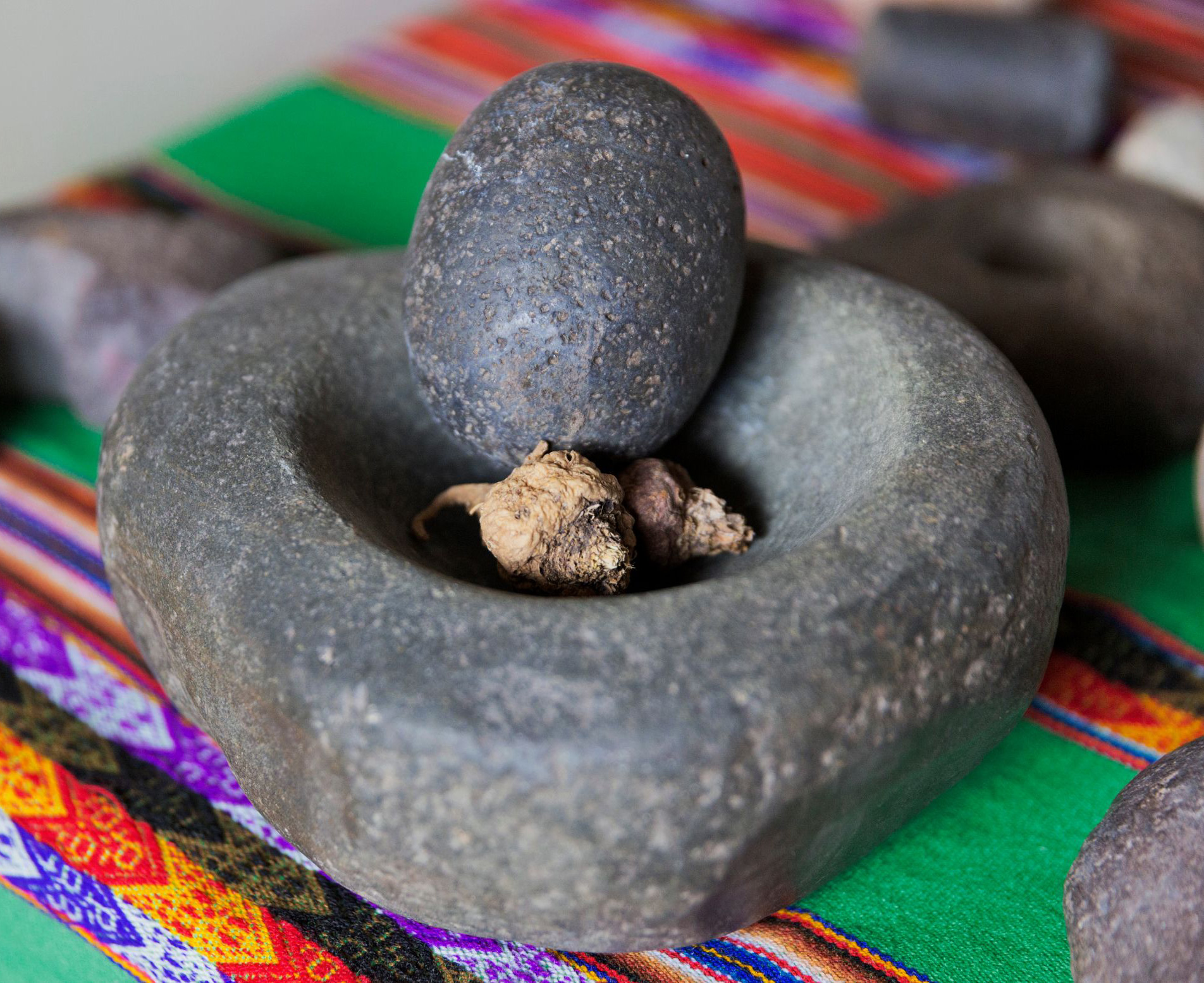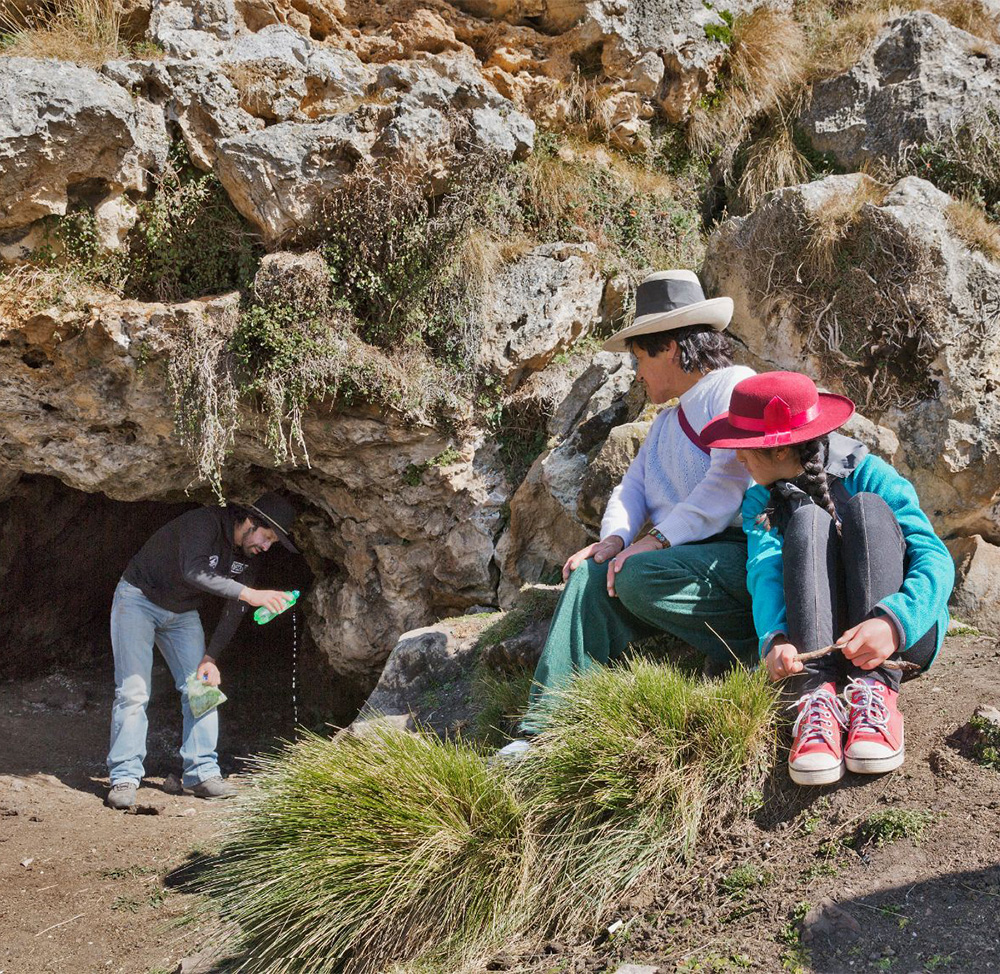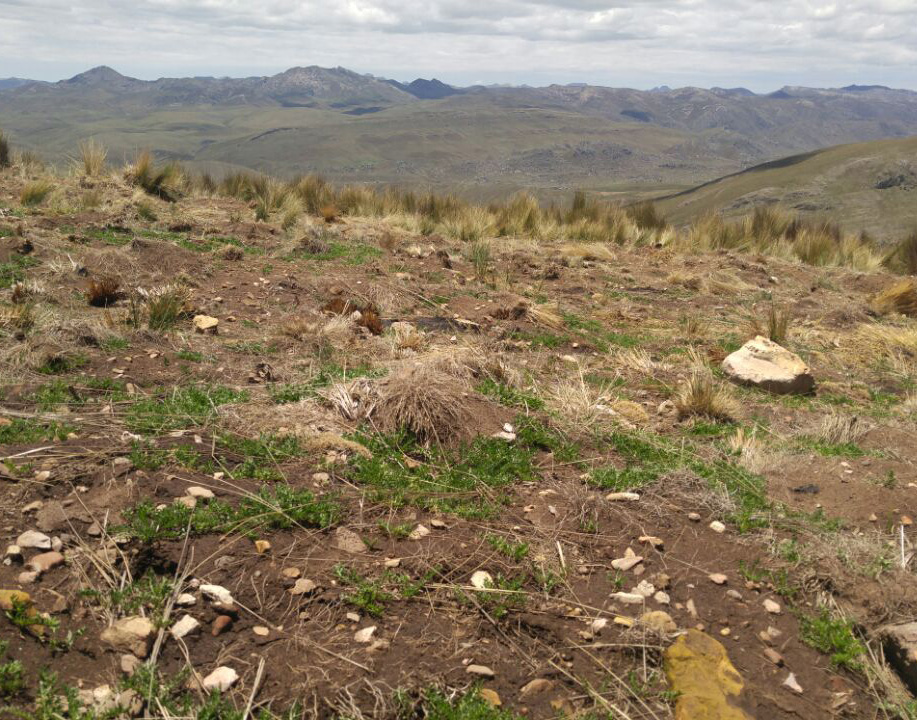What Is The Origin Of Maca
Introduction
 Maca root (lepidium meyenii) is one of the world’s most important functional foods/superfoods. It has a long and interesting history of use as a staple food and as a natural medicine. But, how did this humble root vegetable from the mountains end up in the cupboards of people all over the world? In this article will have a closer look at what is known about the origin of maca root and its spread.
Maca root (lepidium meyenii) is one of the world’s most important functional foods/superfoods. It has a long and interesting history of use as a staple food and as a natural medicine. But, how did this humble root vegetable from the mountains end up in the cupboards of people all over the world? In this article will have a closer look at what is known about the origin of maca root and its spread.
Where Maca Root Comes From
The general origin of maca root is the high Andes mountain ranges of Peru and Bolivia where it has a long tradition in of use as a food for livestock and people. Maca seems particularly tied to its place of origin. Even today nearly all high-quality maca root products come from roots cultivated in the same region at 12,000 to 15,000 feet (3,600 to 4,500 meters) above sea level. Although many attempts, both illegal and legal, have been made to grow maca in other parts of the world, the roots that are produced simply are not the same.
Diving a bit deeper, we can ask specifically, “what is the precise origin of maca root?” Researchers dedicated to the field, including Dr. Gloria Chacon, concur that maca most likely originated on what is known today as the Junin plateau, which is a large area in central Peru. The earliest specific examples of pre-historic maca cultivation come from a small cave in the area of Pachamachay, where petrified maca roots dating back several thousand years have been discovered.
While it’s clear that the Junin area of Peru is the origin of maca, the exact reason why maca developed in this region and how the seeds originally got there are questions that remain unanswered in the shadows of pre-history. Even so, the history that we do have about maca is fascinating.
A Brief History Of Maca
 Oral traditions about maca root relate that it was first discovered by farmers who observed that the livestock which consumed the wild vegetable were more fertile and more likely to produce healthy offspring. It is said that sometime after this discovery people began consuming maca as well. We do know that by the time of the Incan empire maca was a staple in the diet of people living in the “pumpush” area of the Junin plateau. At this time, Incan forces conquered and enslaved various other tribal groups in both the mountains and jungles of what is modern day Peru. Oral traditions relate that the Incans noticed that the new slaves who consumed maca worked harder and longer than others. Maca, therefore, became an important part of Incan culture. It was in fact often used as a form of currency and exchange.
Oral traditions about maca root relate that it was first discovered by farmers who observed that the livestock which consumed the wild vegetable were more fertile and more likely to produce healthy offspring. It is said that sometime after this discovery people began consuming maca as well. We do know that by the time of the Incan empire maca was a staple in the diet of people living in the “pumpush” area of the Junin plateau. At this time, Incan forces conquered and enslaved various other tribal groups in both the mountains and jungles of what is modern day Peru. Oral traditions relate that the Incans noticed that the new slaves who consumed maca worked harder and longer than others. Maca, therefore, became an important part of Incan culture. It was in fact often used as a form of currency and exchange.
By the time Spanish colonizers arrived in Peru in the early 1500s, maca was still in use. The early colonizers noted that maca indeed did help fertility and energy levels and began demanding it in tribute. During the colonial period (1550-1750) up to 9 tons of maca were demanded annually from the natives. It is also recorded in Spanish literature of the time that Incan warriors used maca in order to prepare themselves for battle.
Maca was first categorized as a distinct species in 1843 by Gerhard Walpers. Later in 1906 it was given a more complete taxonomic description.
Although maca was continually used throughout the post-colonial period by people living in the mountains of Peru, it was not widely cultivated and was not known much outside of the region. It wasn’t until the 1960s that maca root began to gain attention outside of the Andes. Due to the efforts of some individuals from the region, maca began to be imported first into Japan and then later into the United States and Europe. Since that time the popularity of this root has grown as the benefits associated with taking it have been confirmed in research along with individual experiences. 
Conclusion - The World’s Highest Growing Crop
Maca root now holds the distinction of being the world’s highest growing crop. At the same time, it is recognized as a very important functional food that can support various levels of overall wellness. It is also a key component in the economy of the high Andes region of Peru and in particular the Junin plateau.
From simple origins in the pristine mountains of Peru, maca has spread to households in 100s of countries around the world. It is now available in various forms. Maca powders, maca pills, liquid maca extracts and whole maca root chips are among the most common. You’ll find maca as an ingredient in everything from protein bars to smoothies to ice cream. Its versatile flavor and functional nature truly qualify it as a superfood. ![]()
